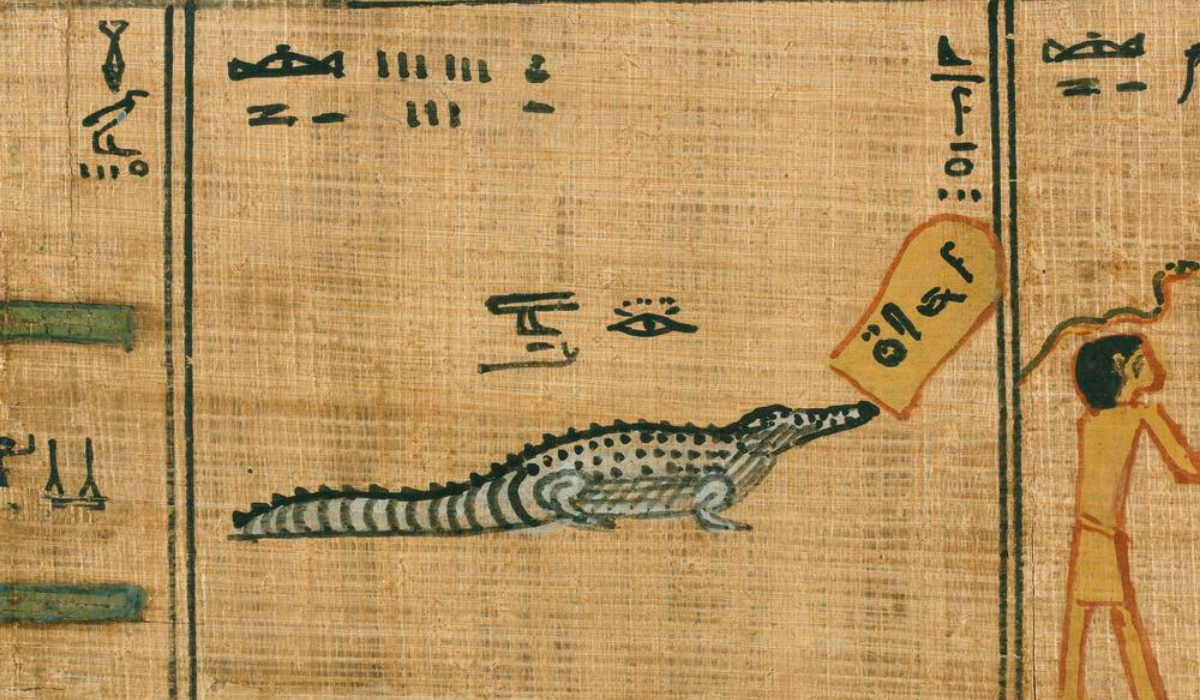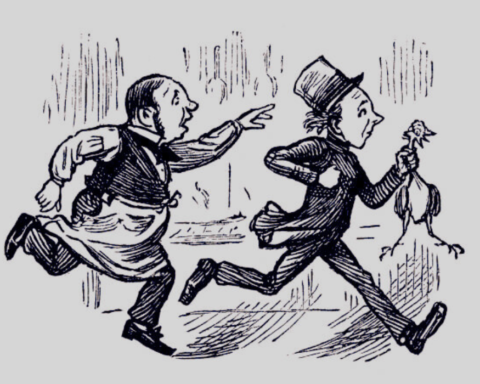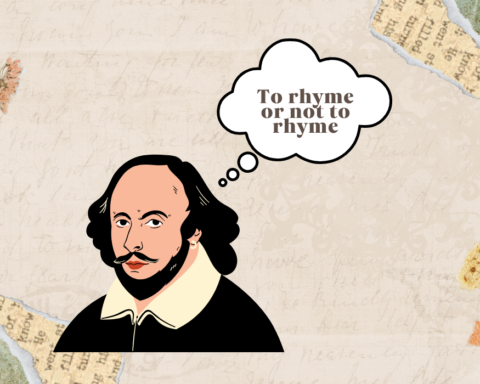Austria is the world’s number one country in animal welfare. Do animal welfare measures depict the love for animals? Most people will say yes. But the right answer is No. No one has ever loved more than ancient Egyptians.
More than 85 percent of the people living in the US believes in the existence of God. For them God is almighty and the ultimate king but for ancient Egyptians, things were different.
For them, Animals were like God. They use to treat them as prestigious creatures.
The King
Out of all the animals, ancient Egyptians use to consider crocodile as a creature having supreme powers. A specific form of the crocodile or a human with a crocodile head named Sobek was the real king. They have a properly established empire.
Egyptians used to worship Sobek and its affiliated reptiles.
They not only bow before them while they were alive but also pay tribute to the Sobek family by preserving their bodies after their death. Preserved bodies of crocodiles were in abundance. There were specific towns and areas where people use to keep their bodies.
Can we meet Sobek today?
It was an important ritual of Egyptian culture to save the bodies of animals. This practice bears great importance in ancient Egyptian culture.
But where are those preserved bodies now? The answer to this Question is Phoebe A Hearst Museum of Anthropology.
Where a study was held recently on the 19 mummified crocodiles which were found during the late 19th century from Egypt.
So, if you are a Sobek lover or you like the way he made people worship him. Don’t forget to visit the museum stated above. The good news is that you don’t need any visa or plan a tour to visit and meet Sobek. Because the museum is located in California.

Crocodiles were only to worship?
No, along with worship those crocodiles were also utilized as a source to boost up the economy and earn assets. Let’s have a deep insight into the business related to crocodiles. They have symmetry in the town of Faiyum.
But for mummification of their bodies, crocodiles were transported to different regions of the country. This way Egyptians not only preserve their bodies and pay tribute but also earn some good assets. These cultural rituals acted as a source of income for the people who lived in ancient Egypt.
Ancient Egyptians and mummies
Egyptians love for crocodiles is immeasurable but their love for mummies is also above limits. Recently Egypt made the National Museum of Egyptian civilization where mummies of around twenty kings and queens have been kept and placed for people.
Which is a good aspect towards preserving heritage. Because every country tends to preserve its culture for upcoming generations.
They possess all the rights to tell stories of how their ancestors used to live, following these unique rituals and practices. The highest number of mummies in the world is also associated with Egypt.
When did mummification end?
For over three thousand years, Egyptians used to mummify bodies. During this time around 70 million bodies were preserved.
This unique ritual ended between the fourth and seventh century AD. One thing should be noted that the mummification process of Egyptians was so strong that today after thousands of years, mummified bodies can still be viewed in different heritage museums.
Not only in Egypt but in different parts of the world too.
Politigory provides in-depth reviews of science, history, humanities, religion, social sciences and arts











